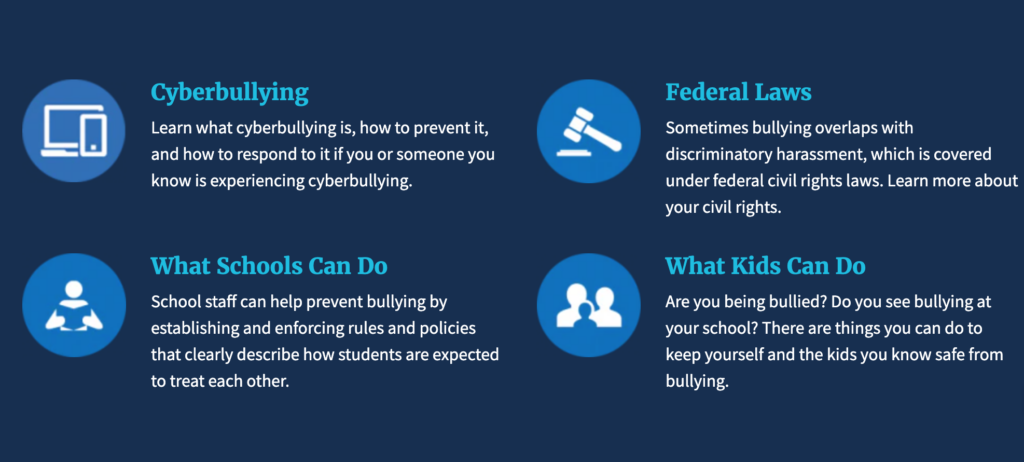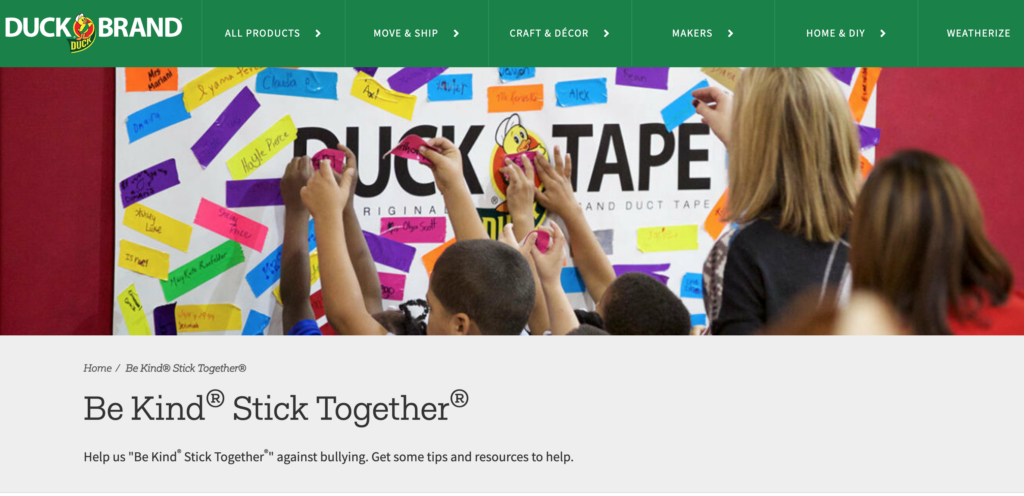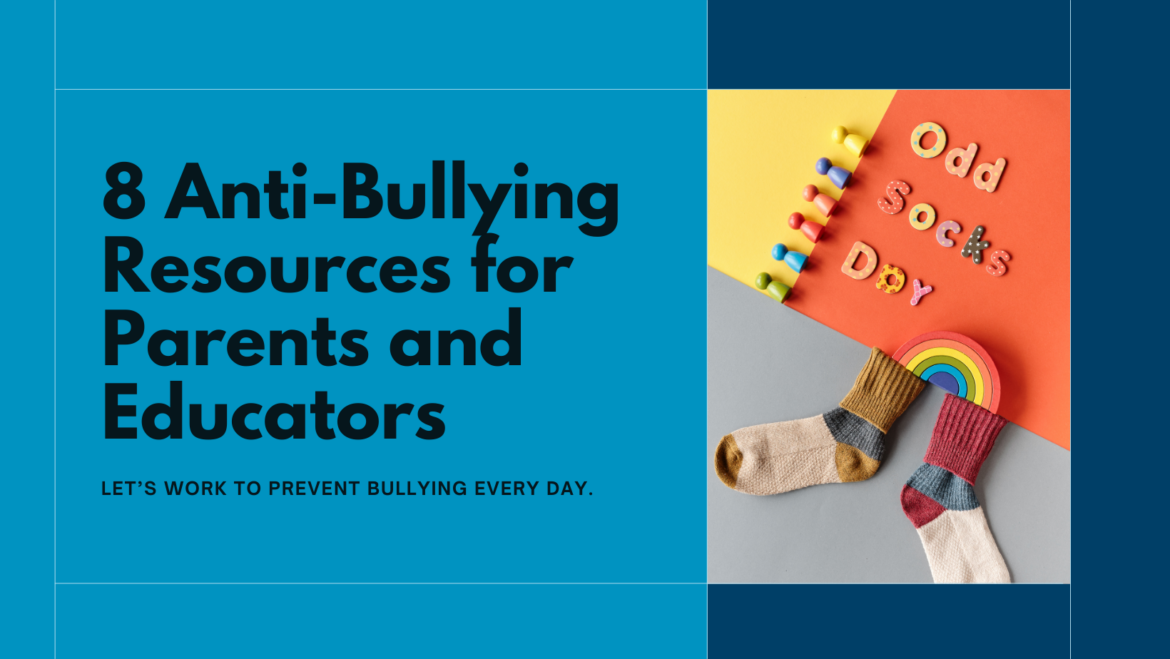Here at TCEA, we are always trying to write on various topics and provide resources through our TechNotes articles. In searching for a topic for one of my November blogs, I came across bullying. Here in the US, we set aside the whole month of October as National Bullying Prevention Month. You might be thinking, “Well, Peggy, you’re in the wrong month!” But the way I look at it, we need to keep bullying prevention at the forefront of our minds 365 days a year. And in England, Wales, and Northern Ireland, Anti-Bullying Week is November 13 -17, 2023. So, from across the pond, let’s join in with the UK.
What is bullying?

In their 2014 publication, Bullying Surveillance Among Youths: Uniform Definitions for Public Health and Recommended Data Elements, Version 1, the Centers for Disease Control and Prevention (CDC) defines bullying as:
Any unwanted aggressive behavior(s) by another youth or group of youths who are not siblings or current dating partners that involves an observed or perceived power imbalance and is repeated multiple times or is highly likely to be repeated. Bullying may inflict harm or distress on the targeted youth including physical, psychological, social, or educational harm. (p. 7)
Additionally, the CDC outlines two modes (direct and indirect) and four types of bullying (physical, relational, verbal, and damage to property). I recommend taking a look at this document to get more information on this definition, data, and resources.
Anti-Bullying Resources
1. National Day Calendar
I love these “Five Steps to Take to Stop Bullying” from the National Day Calendar.
1. Practice what you preach. Children mock what they see, so be a good role model for the little ones around you.
2. Talk to your kids. Ask them about experiences at school, and make sure they feel comfortable and know they can always come to you if something happens.
3. Monitor what your child does online. Right now, cyberbullying is the fastest-growing type of harassment among young people.
4. Form a group in your community or school system that stands for bullying prevention. Some good sources of support for this may be local businesses, PTA’s, local government, and service clubs in your area.
5. Learn more about the issue. The more informed and better educated you are, the better you can make an impact.
2. Stop Bullying Program

Stop Bullying is a program run by the US Department of Education. It provides resources and support for schools, students, parents, and educators to prevent and address bullying. The program aims to create a safe, inclusive learning environment for all students. It provides tools and materials, such as posters, videos, and educational materials, to help individuals understand bullying, identify signs, and know how to report it.
The site highlights four sections that are really good resources:
3. 20 Questions Parents Ask Principals
The National Association of Elementary School Principals has an informative handout on the 20 questions parents ask principals about bullying and how you can answer.
4. Ready, Set, Respect
NAESP has also partnered with GLSEN and NAEYC to provide a guide, Ready, Set, Respect, with lesson plans on name-calling and bullying, as well as inclusive teaching, intervening in bullying incidents, and promoting respectful recess time.
5. Free Pledge Resources

- Be Kind® Stick Together® from Duck Brand
- Printable Paper Pledge from Learning for Justice
- Digital Pledge from Pacer.org
- Bullying Stops Here from Family Education
- Anti-Bullying Pledge from Committee for Children
- Stand Together Pledge from the American Association of Orthodontists
6. Odd Socks Day
In the UK, Odd Socks Day kicks off the first day of Anti-Bullying Week each year to help raise awareness of bullying. I really like this event as you don’t have to invest in anything extra. Just wear odd socks to school, work, or while at home. Easy peasy, lemon squeezy.
7. TEDEd Blog
This blog features 13 TED Talks to Help You Understand and Prevent Bullying. NOTE: Most of these videos use very strong language and horrendous examples of bullying. Make sure you review each video first to gauge appropriateness since adult subject matter is addressed. I found these to be very important to understanding bullying in today’s world.
8. Video Resources
Of course, there are many videos on YouTube for anti-bullying, but here are my top three picks!
What is Bullying? | SEL Sketches
I really like this video that introduces BOO, a little ghost that defines bullying as:
- B – being mean
- O – on purpose
- O – over and over
The video goes on to explain the four types of bullying: physical, verbal, social-emotional, and cyber.
Lip Dub to “Fireworks” | Magnolia ISD
Check out Magnolia ISD in Texas! They created a not-quite-official lip dub video with Katy Perry’s Fireworks. 500 Magnolia High School created a video welcoming new students with this powerful message, “We are a family at MHS, where EVERYONE is welcome. Believe in yourself, and you’ll do just fine.”
Bullying Prevention: What kind are you? | Arizona Department of Human Services
A very short video from the Arizona Department of Human Services promoting kindness.
The devastating impacts of bullying demand that we take action. By educating ourselves, monitoring children’s activities, modeling kindness, and creating anti-bullying pledges and communities, we can make a difference. We all have a role to play in cultivating empathy, inclusion, and respect. Together, through consistency and compassion, we can put a stop to bullying. Let’s make every week Anti-Bullying Week.

